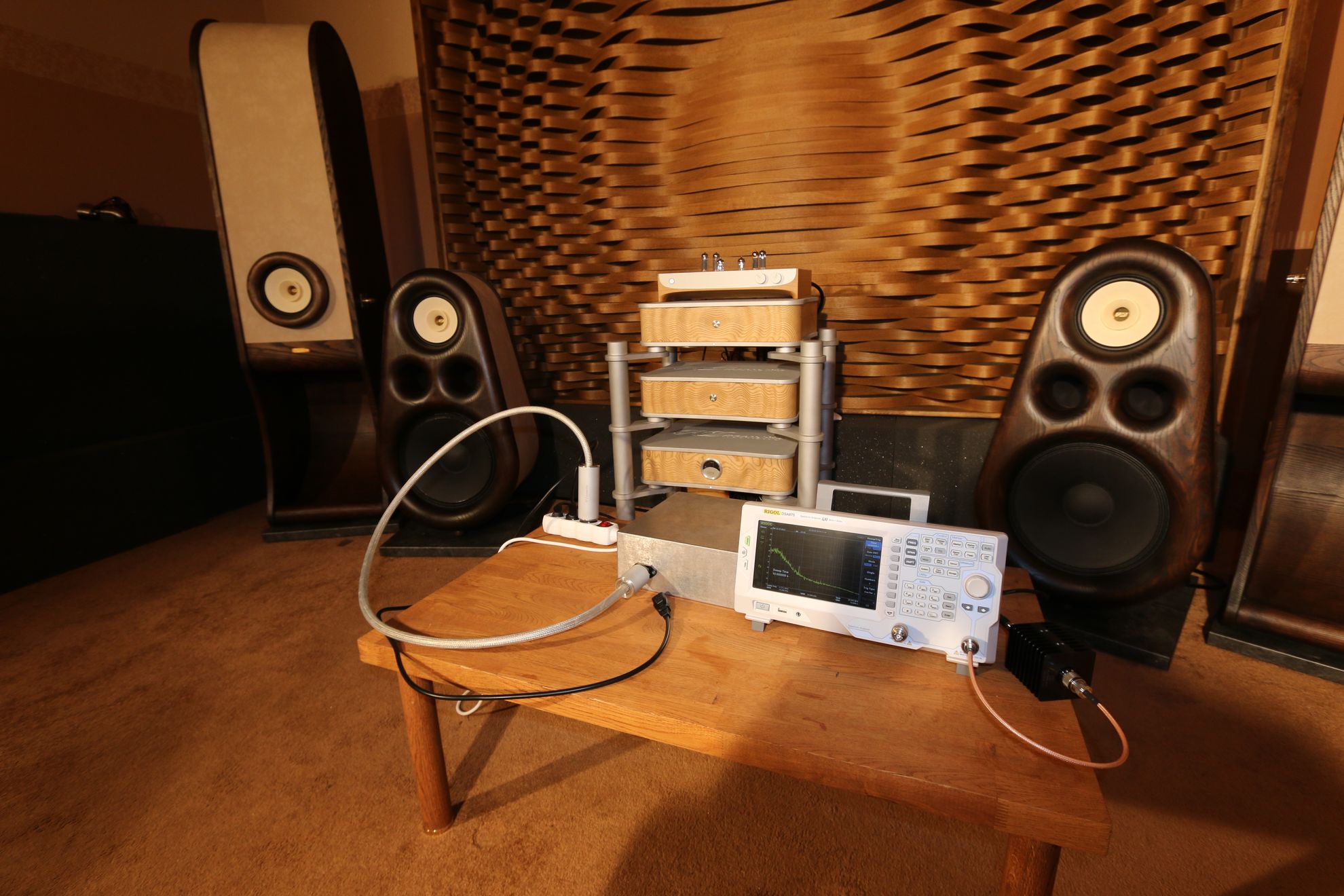David,
On your forum, I read and appreciate the work you've done on power line interference.
I've done some informal work using an Entech "Wideband Powerline Noise Analyzer",, which is effectively an AM radio receiver that couples to the power line and demoduates signals in the low hundreds of kilohertz range presenting the results to a smll speaker and digital readout. in "quiet" locations you hear nothing from the speaker - in noisy locations you can hear a buzzing with the audio intensity directly relating to the conducted RF "interference". In friends houses we've used it to track down noisy fluorescent fixtures and a number of noisy dimmer controls.
I recently also acquired a spectrum analyzer and have modified the Entech so I can couple it to the analyzer and look at the lower frequency spectra of whatever signals it picks up. Unfortunately, the power in my apartment appears "clean" and there's nothing of significance to be seen on the analyzer.
So far, we're talking about CONDUCTED interference. One reason I acquired the analyzer was to also investigate what kind of RADIATED RF may exist in a listening room. I've thought that much of the effectiveness of various "tweaks" may come from their ability to shunt high frequency RF away from a piece of audio gear that could actually pick it up, demodulate it and add this new nastiness to your otherwise pleasurable listening experience. I postulated that the rise of all kinds of wireless devices operating upwards and into the Gigahertz (Ghz) range could easily be observed, especially in a very urban environment. I am using a simple whip antenna attached to the input terminal of the analyzer and so far sweeps of up to 3 Ghz in a couple of suburban locations have revealed nothing of sufficient power that could indicate a potential cause of interference. The largest signals I've seen are from the commercial FM band and a few spurious signals that could be attributed to RF telemetry with the FM signals largest in amplitude. I look forward to traveling to New York City for example and observing what goes on there.
Your noise observations are interesting - with peak levels occur in the high hundreds of Kilohertz and low Megahertz range. Because of all the power transformers in a power grid, I always thought that they would force the system to "look like" a low pass filter and that any conducted interference couldn't travel very far. I wonder how and where the 4 Mhz signals you show are, in fact coming from. A final comment is that there may, on paper, be maximum levels of allowed interference, but here in the states there is NO enforcement of any regulations that may exist. It's impossible to listen to AM radio in most cities that I have visited - unless the transmitter is only a few miles away.
Charles



